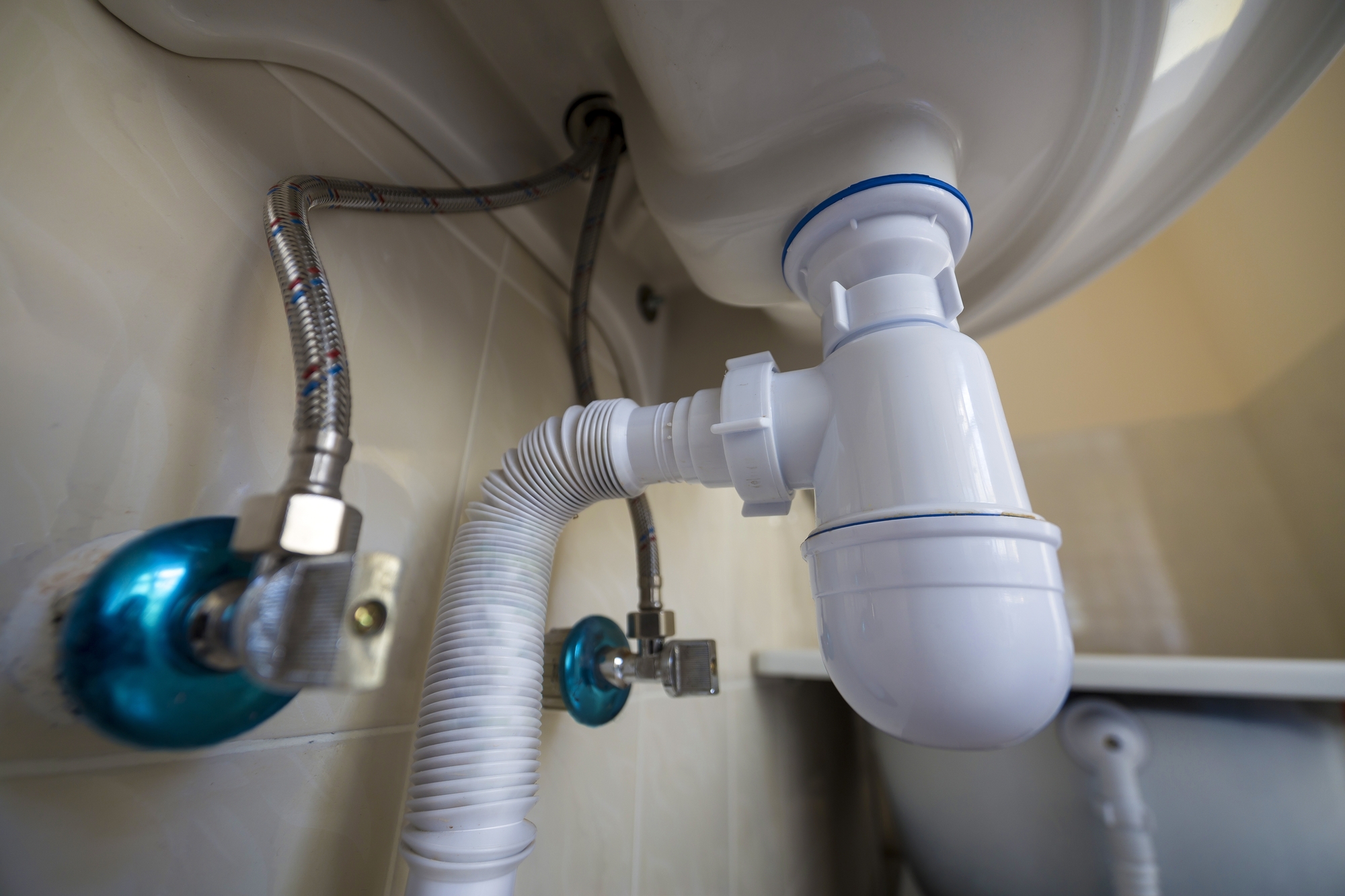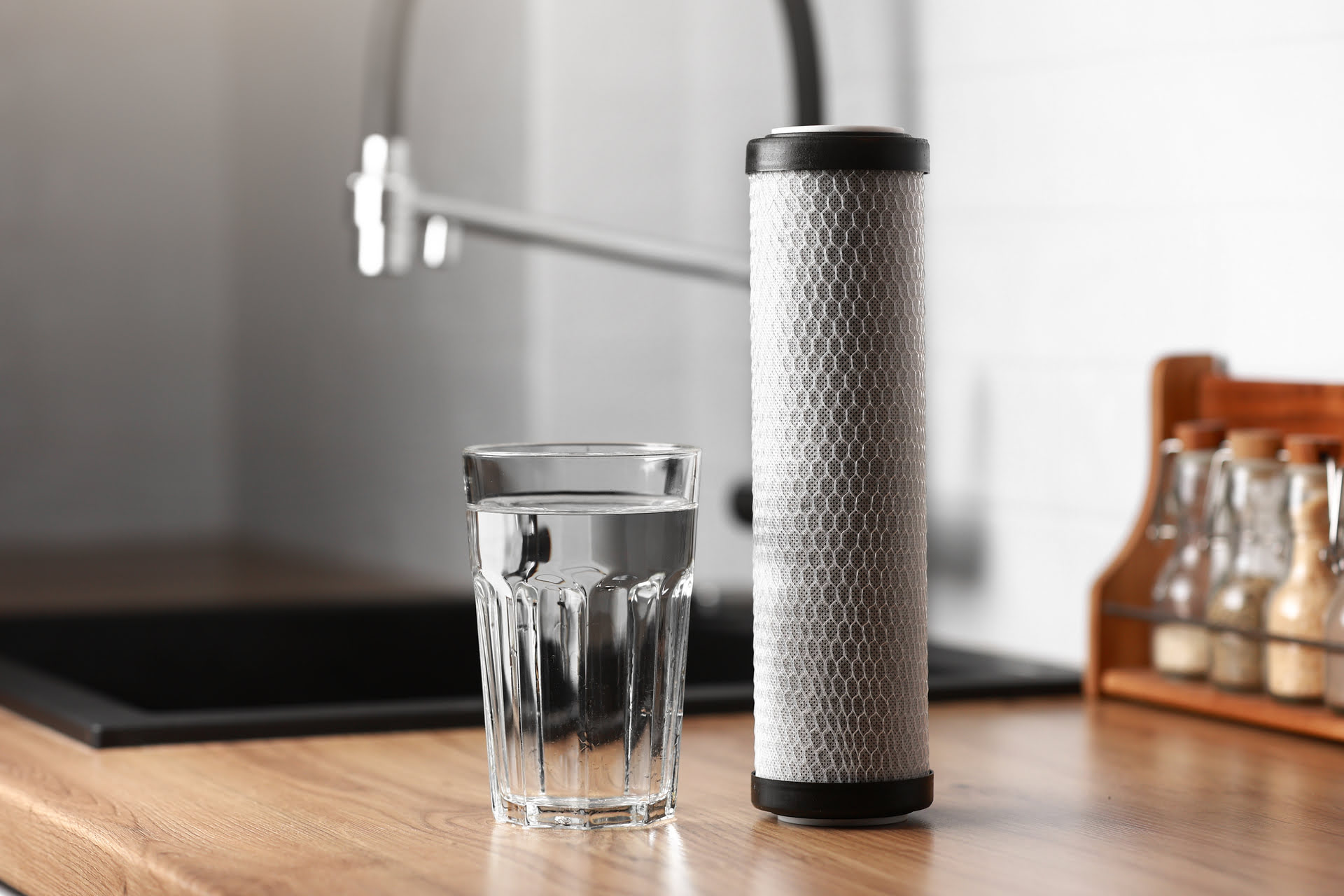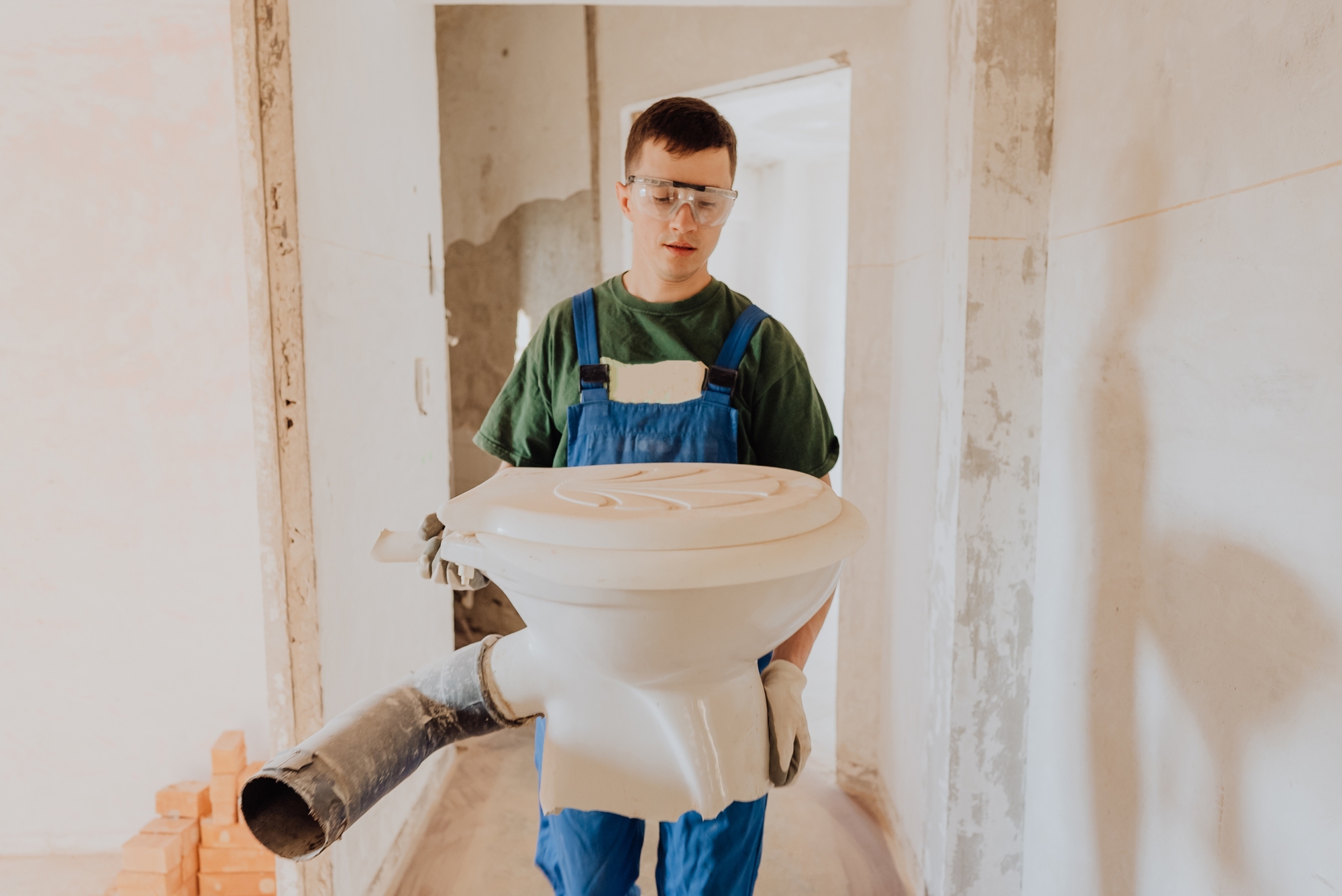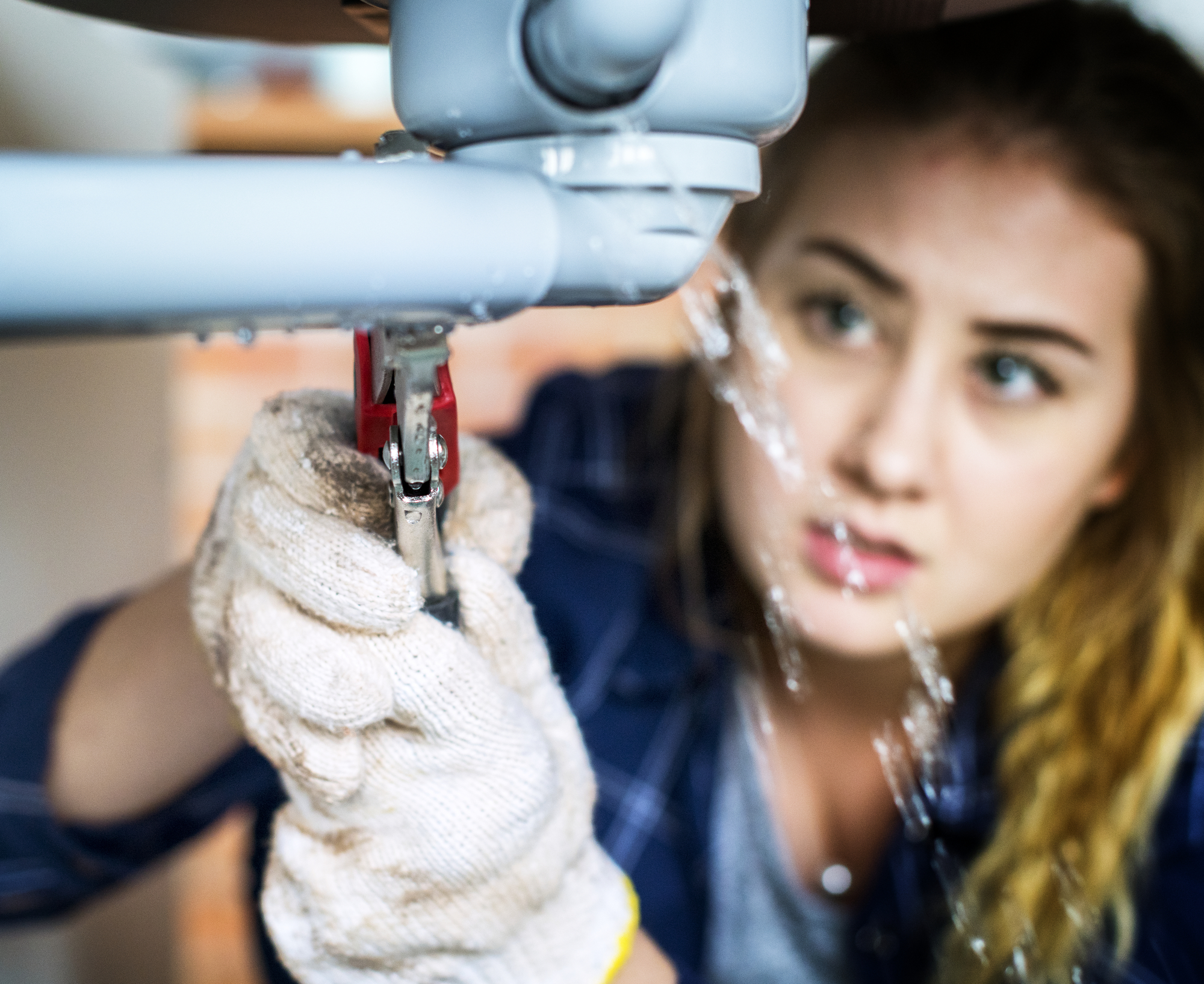Are you aware of the hidden risk that might be lurking under your sink or behind your washing machine? Flexible braided hoses, commonly known as “flexi hoses,” are a critical component of your plumbing system that could potentially cause significant water damage if not properly maintained.
At Lakeside Plumbing & Gas, we’ve noticed an increasing trend across Joondalup and greater Perth: strata companies, apartment buildings, and high-rise properties are proactively replacing flexi hoses that are either more than five years old or showing signs of deterioration – and for good reason.
Why Flexi Hoses Matter to Your Insurance
While Western Australia doesn’t have specific regulations solely addressing flexi hoses, their condition can significantly impact your insurance coverage. Most home insurance policies cover water damage from sudden, unexpected events like a burst pipe. However, there’s an important distinction:
- Covered: Sudden, unforeseen flexi hose failures
- Potentially Not Covered: Damage resulting from neglected maintenance or normal wear and tear
This distinction means that a simple, inexpensive hose replacement could be the difference between a fully covered insurance claim and a costly out-of-pocket expense.
The Hidden Dangers of Aging Flexi Hoses
Flexi hoses are designed to be flexible and durable, but they don’t last forever. These braided hoses connect your taps, toilets, washing machines, and dishwashers to your water supply. When they fail, the consequences can be devastating:
- A burst flexi hose can release up to 1,500 litres of water per hour
- Water damage can quickly spread to multiple apartments in multi-storey buildings
- Repair costs can run into tens of thousands of dollars
Warning Signs Your Flexi Hoses Need Replacement
Our experienced plumbers recommend regular inspections of your flexi hoses. Look out for these warning signs:
- Rust spots or discolouration
- Bulging or bubbling in the hose
- Fraying of the stainless steel braiding
- Kinks or bends that restrict water flow
- Leaking or moisture around connections
- Any hose that’s over 5 years old (even if it looks fine)
Best Practices for Flexi Hose Maintenance
To protect your property and ensure your insurance coverage remains valid, we recommend the following.
Schedule Regular Inspections
Set calendar reminders to check your flexi hoses every 6-12 months. Pay special attention to less visible areas like under sinks and behind appliances.
Follow the 5-Year Rule
Even if your hoses appear to be in good condition, consider replacing them every five years. Many insurers view this as the reasonable lifespan of these components.
Hire Licensed Professionals
Always have flexi hoses installed by qualified plumbers. Improper installation is a common cause of premature failure and may affect insurance claims.
Keep Installation Records
Maintain documentation of when your flexi hoses were installed or replaced. This information can be valuable for insurance purposes and maintenance scheduling.
Review Your Insurance Policy
Take time to understand exactly what your policy covers regarding water damage from plumbing failures. Some policies have specific exclusions or conditions related to the age and maintenance of plumbing components.
Why Strata Properties Are Taking Action
There’s a reason why strata companies and managers of multi-unit dwellings are increasingly implementing mandatory flexi hose replacement programs:
- A single failure can affect multiple properties
- The collective cost of damage can be enormous
- Building insurance premiums can increase significantly after water damage claims
- Preventative maintenance is far less expensive than emergency repairs
With over 30 years of experience serving the Joondalup community and surrounding areas, our team understands the importance of preventative maintenance. Don’t wait for a plumbing emergency to strike. Contact Lakeside Plumbing & Gas today to schedule your flexi hose inspection and ensure your property remains protected from preventable water damage.




